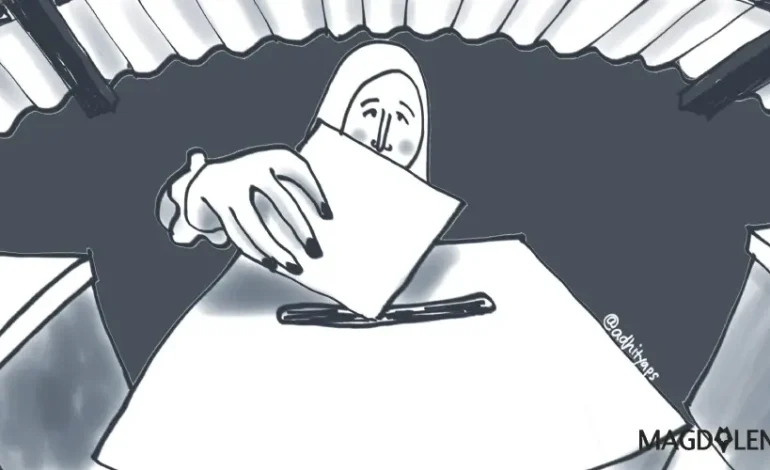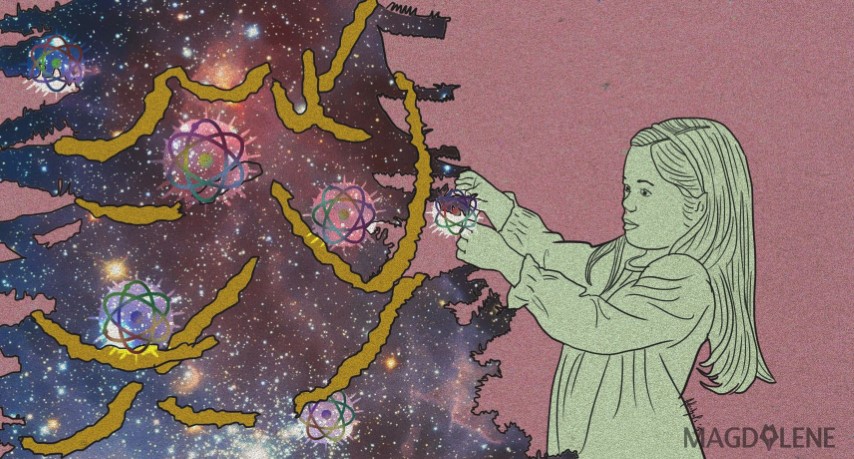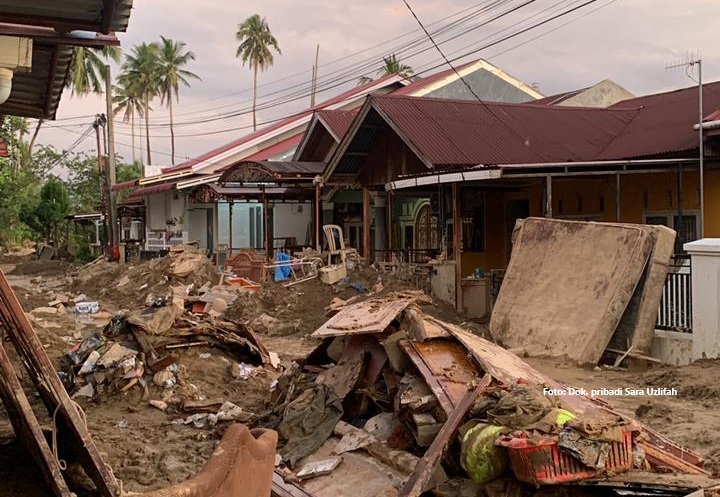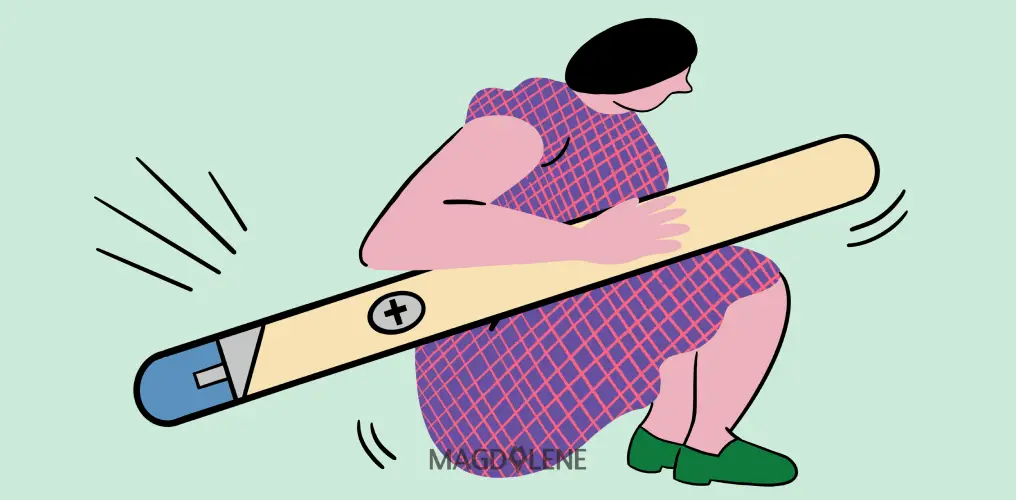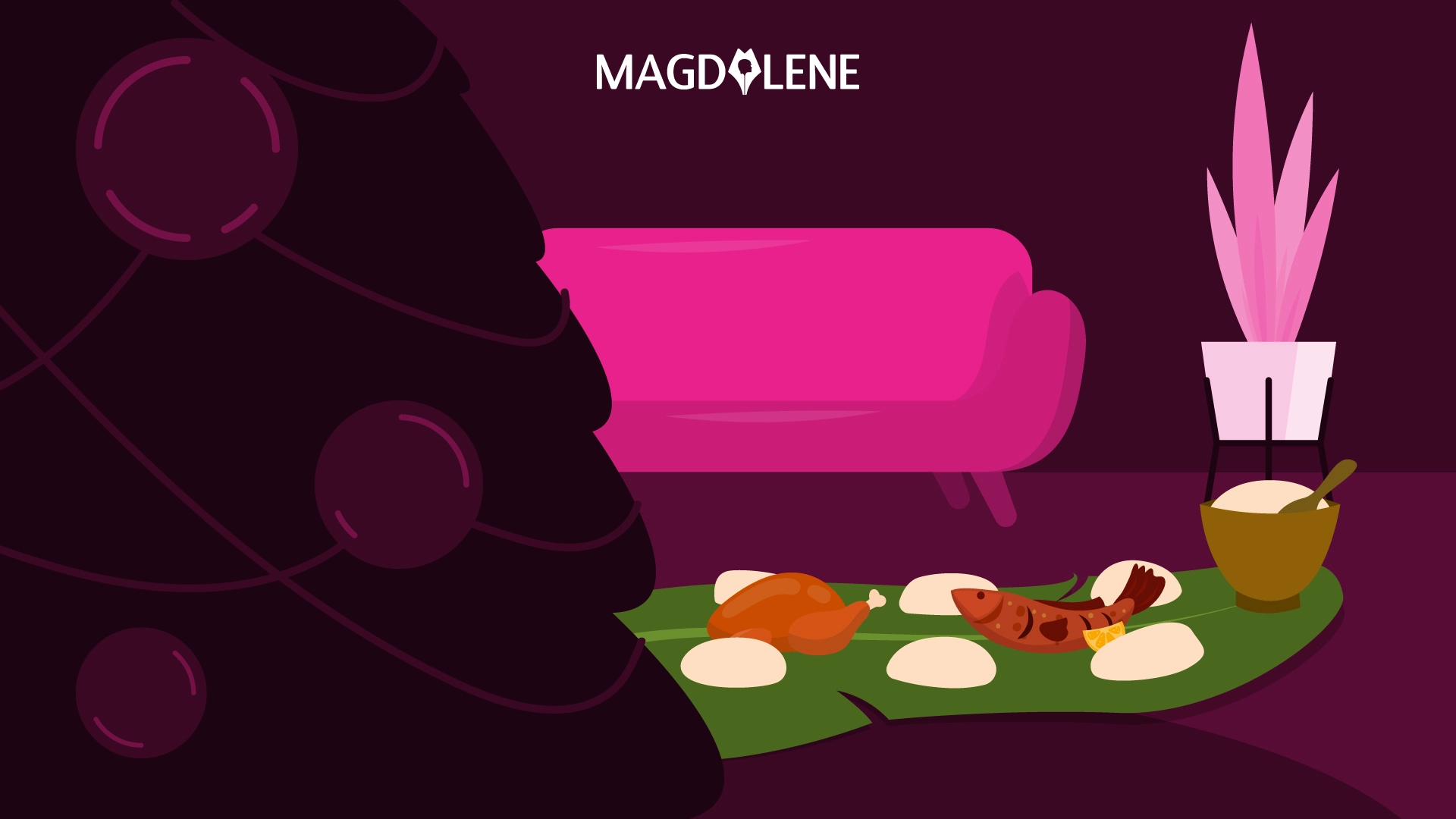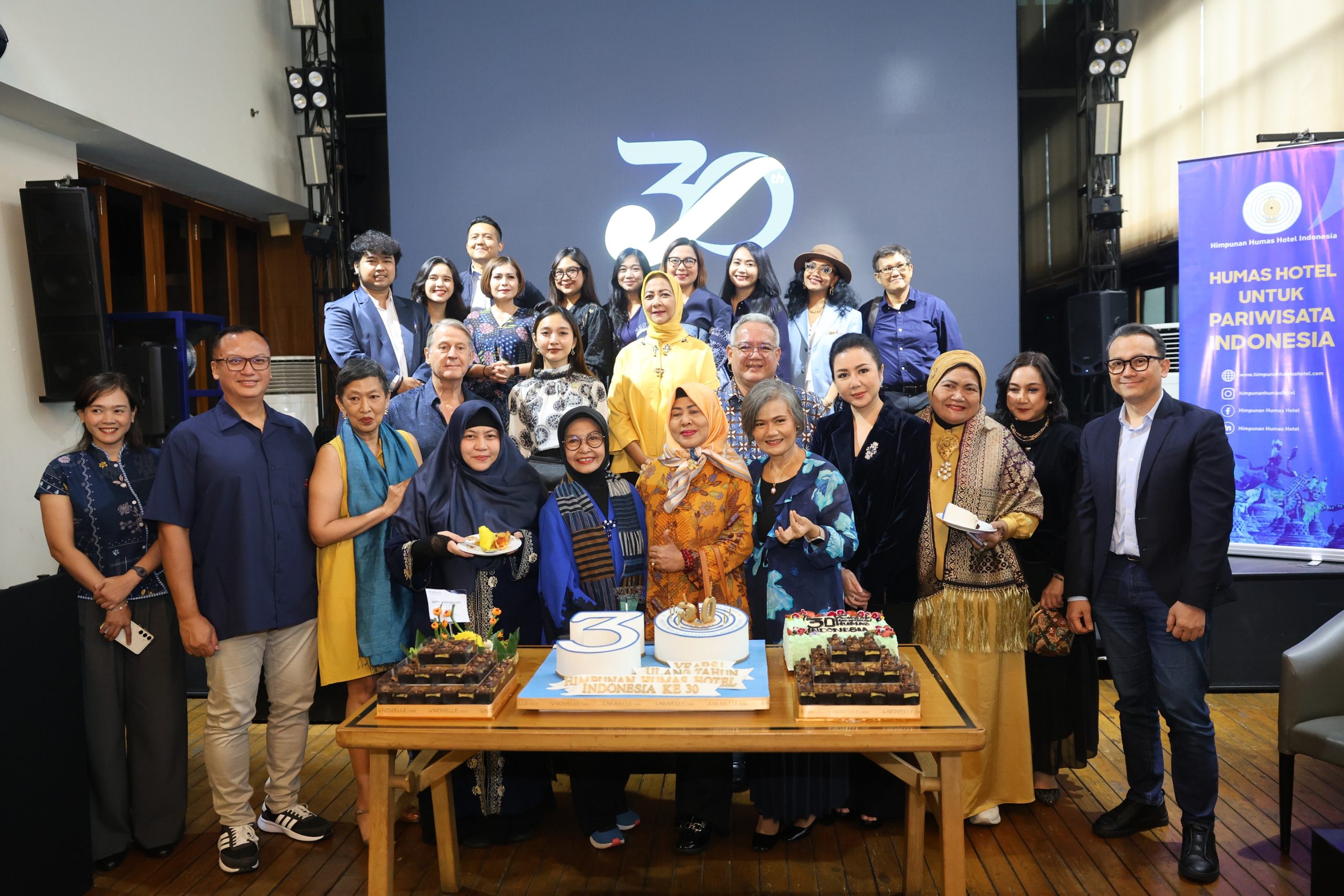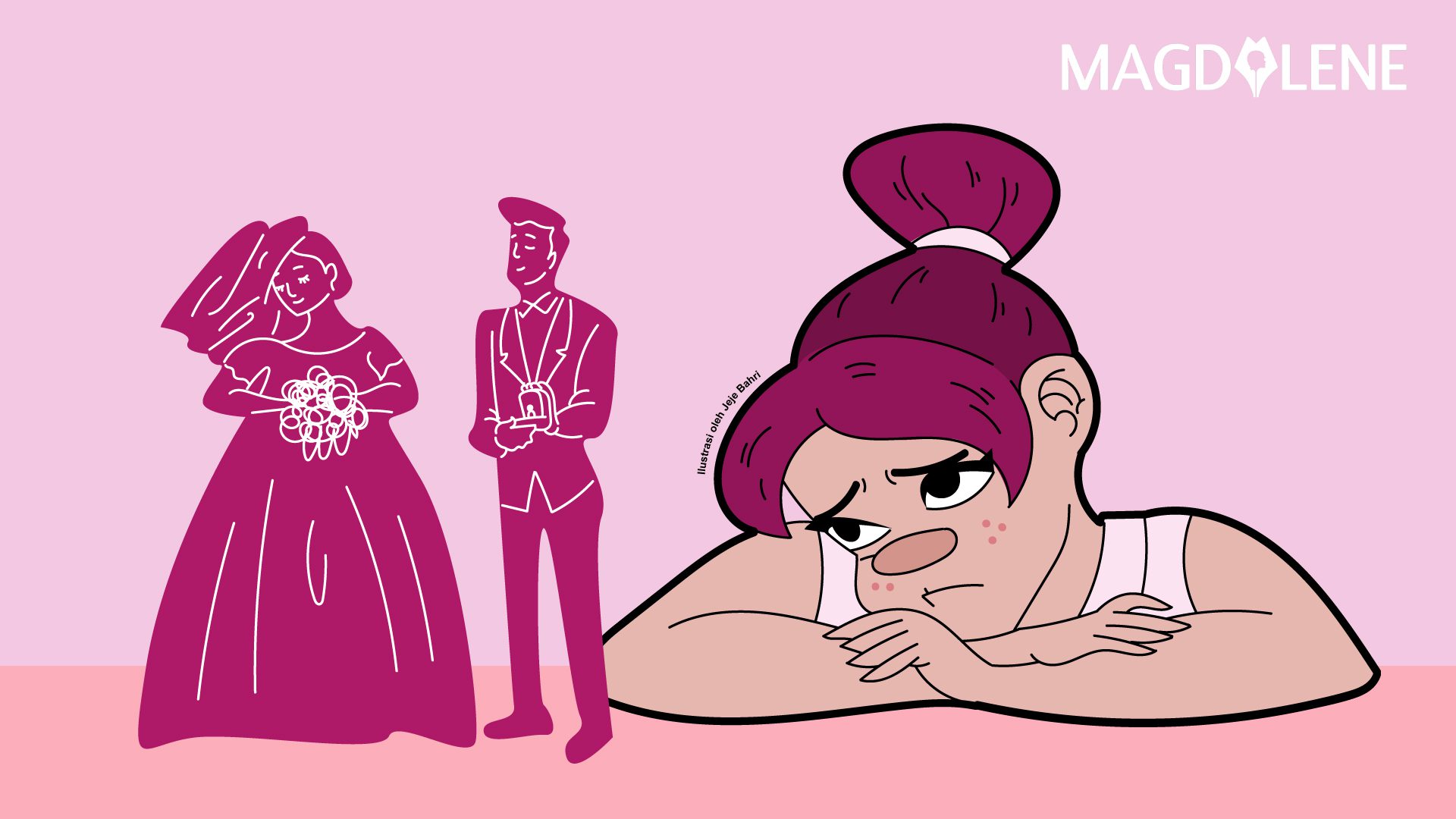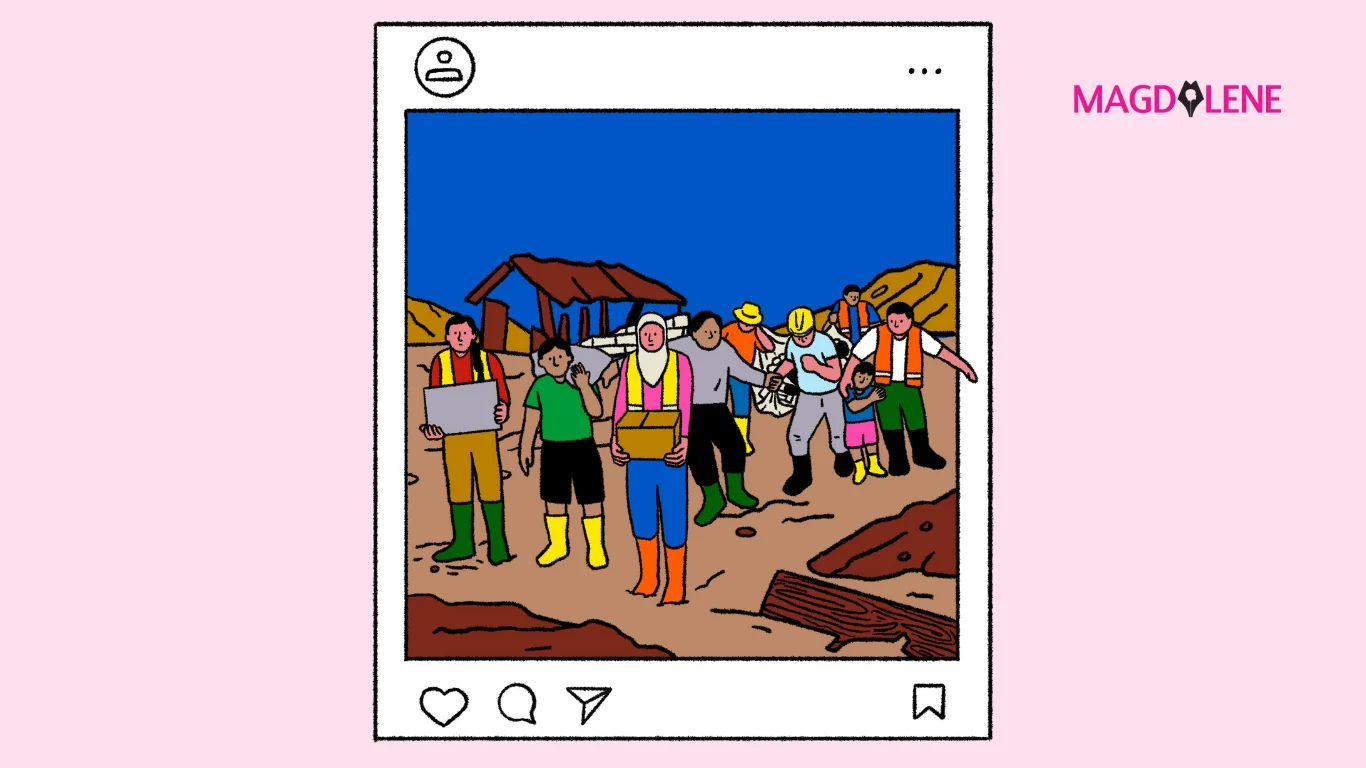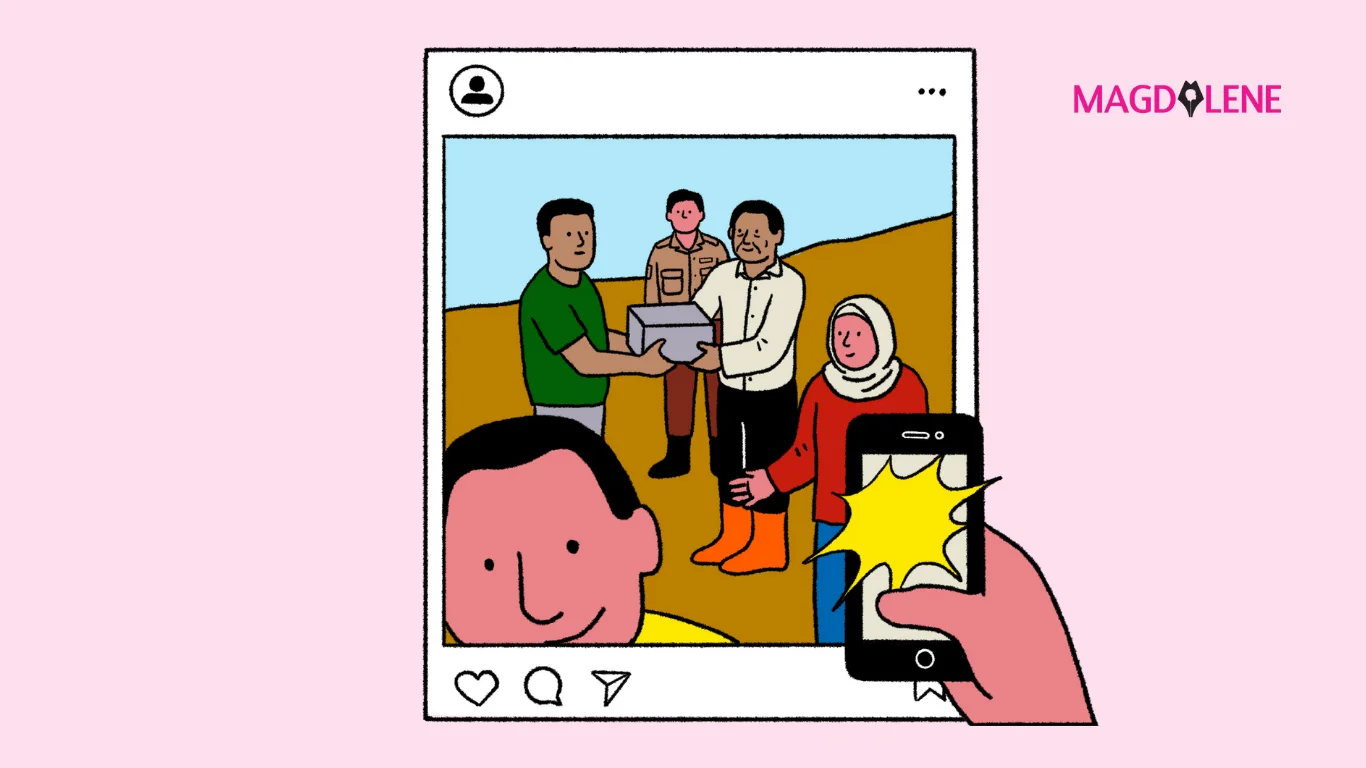What’s Holding Arab Women Back from Achieving Equality?
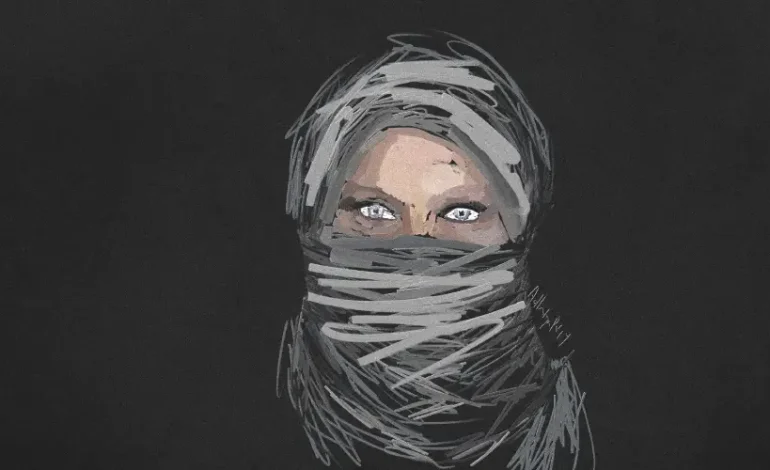
No country in the world has achieved full gender equality, but the Arab region – a diverse grouping of 22 countries in the Middle East and North Africa – ranks lowest in the world, according to the 2016 Global Gender Gap Report.
Despite some advances in women’s economic equality in Qatar, Algeria and the United Arab Emirates, at the present rate, the region’s 39 percent gender gap (compared to 33 percent in South Asia and 32 percent in Sub-Saharan Africa) will take another 356 years to close. Worse still, between their patriarchal societies, increased conservative movements and lack of political will to move towards gender equity, the Arab world today is seeing a backlash against women’s rights and freedoms.
As the Executive Secretary for UN Economic and Social Commission for Western Asia (ESCWA), Rima Khalaf, said to commemorate International Women’s Day in 2016, “We are celebrating the many achievements of Arab women in sciences, literature and arts, but primarily in the art of survival.”
Here are the top five barriers facing women in the Arab world this year, along with some bright spots on the horizon. Women of the region are, of course, not all the same, but many share these profound challenges.
1. Ongoing conflict

For many Arab countries, instability is becoming the norm. The region’s multiple protracted humanitarian crises, including those in Syria, Palestine and Iraq, have destroyed systems of social protection, reduced access to safe services and support, displaced communities, and increased vulnerabilities.
Emergencies are more dangerous for women. Not only are women deliberately targeted, but conflicts also bring insecurities that compel women to resort to risky sources of income, such as trafficking and sex work, in order to survive.
The threat of violence is particularly high for young women and women of ethnic minorities, according to the 2016 Arab Human Development Report. For all women, but these in particular, even escaping conflict does not necessarily bring safety.
Despite research showing that the biggest predictor of peace in a country is not economics or politics, but how the country treats its women, in times of conflict gender equality goals quickly disappear from the agenda. And, in a situation all too common around the world, Arab women generally do not have a seat at the table or a voice in negotiating their nations’ peace.
2. Gender-based violence
One in three women worldwide has experienced some form of gender-based violence in their lifetime. In the Arab world, violence against women takes many forms, with intimate partner violence being the most common (affecting approximately 30 percent of women in the region) and the least reported. Here, intimate partner violence is often not labeled as such. When it is, social stigma and family and community pressures keep women from reporting it.
Honor killings are also prevalent in many Arab countries, which have largely failed to amend relevant laws. Jordan has the highest percentage in the region: each year it registers between 15 and 20 reports of such crimes. Finally, in countries that host Syrian refugees, child marriage is increasing as a response to the ongoing crisis.
But we are seeing progress.
One way to counter violence against women in the Arab world is increasing its visibility among youth – as this student video competition for the 16 Days of Activism Against Gender-Based Violence – has done.
Another promising initiative is a robust study led by the UN Economic and Social Commission for Western Asia (ESCWA) to estimate the regional cost of violence against women. The aim is to use economic arguments to raise awareness and influence policy.
Other organisations, such as the regional civil association ABAAD’sAl Dar (emergency shelters), are providing a safe environment for survivors of gender-based violence, and those at risk, to access services and support. These are promising emerging practices, although uncommon in the region.
3. Economic (dis)empowerment
Women in Arab countries are an underutilized economic force, with only 24 percent working outside the home – that’s among the lowest female employment rates in the world.
Most women who work outside the home are relegated to traditionally feminized sectors. In cases where women are accessing male-dominated fields, traditional gender dynamics remain firmly entrenched. So women are promoted less and have little access to decision-making positions.
While men’s employment is a prerequisite to marriage, women’s employment often ends with marriage; being married is viewed as a disadvantage in the workplace as well.
There are strong economic incentives to change these practices. Globally, gender equality results in higher GDP – more workers means more productivity. But the strongest argument of all is principle. This is a woman’s right – and it is the right thing to do.
Vocational training, micro-lending, business planning, access to markets, and other supportive measures would help bring women into the labour market. As would addressing factors, such as lack of access to (safe) transport, safety in public spaces and daycare, all of which place limits on women’s employment prospects.
4. Lack of political participation
Arab women still lag significantly behind in terms of women’s participation and representation in politics. According to the WEF, only 9 percent of the political gender gap is closed. And four out of the world’s five lowest-ranking countries are in this region, including Oman, Lebanon, Kuwait and Qatar. They have closed less than 3 percent of their political gender gap.
Only the United Arab Emirates has seen improvement in terms of increased women parliamentarians. Although, again, presence in the political arena does not necessarily entail power.
In Lebanon, women currently occupy just four parliamentary seats, 3 percent of ministerial positions, and around 5 percent of seats in municipal councils. But information on women’s political positions is often incomplete, as these statistics are counted manually from municipality to municipality.
This lack of political participation is largely due to cultural barriers, a lack of access to economic and financial resources, and the absence of successful active role models in politics.
5. Restrictive family laws
Despite critiques of women’s legal status in the Arab region, changing family patterns, and a booming young female adult population, aspiring to professional lives, family laws in Arab countries still endorse inequality between spouses and discriminate against women in all aspects of their lives.
This is a key obstacle to sustainable development, preventing women’s self-determination and contribution to public and productive life and reforms have been slow and uneven across the Arab region.
Since 2000, Egypt has introduced a series of legal changes, but to little effect. This includes no-fault divorce, where women can initiate divorce. However, the consequence is that they lose any right to financial support and must repay the dowry they received upon marriage. Family courts were established in 2004, but a holistic approach to family law reform is still lacking as these courts continue to perpetrate the same archaic and discriminatory laws.
In 2004, a reform of Morocco’s Moudawana (family code) similarly increased women’s right to divorce and child custody and also restricted polygamy. But the Moroccan government remains hesitant to actually implement these reforms.
In Lebanon, reform efforts face unique challenges due to the diversity of its 15 separate personal status laws for the country’s various officially recognized religious communities, of which there are 18 in total. But the ongoing refugee crisis, in which at least 1.4 million Syrian refugees have come to Lebanon, is an urgent reminder that conflict, war, and forced migration continue to reinforce the need for legal protection for women.
Still, there is potential for reform within challenging Arab contexts – whether during conflict, post-conflict, or when stable. Future policies for women must build on Arab activism and academic scholarship to reform family laws using a human rights framework and aligning with global goals (such as the Convention on the Elimination of All Forms of Discrimination Against Women) to build a foundation for full equality.
These issues are overlapping, meaning progress – or regress – in any of these areas has an impact on many other aspects of women’s lives. The underlying message is this: unless we’re addressing inequalities everywhere, we will achieve equality nowhere.
Lina Abirafeh is Director of Institute for Women’s Studies in the Arab World, Lebanese American University.
This article was first published on The Conversation, a global media resource that provides cutting edge ideas and people who know what they are talking about.


